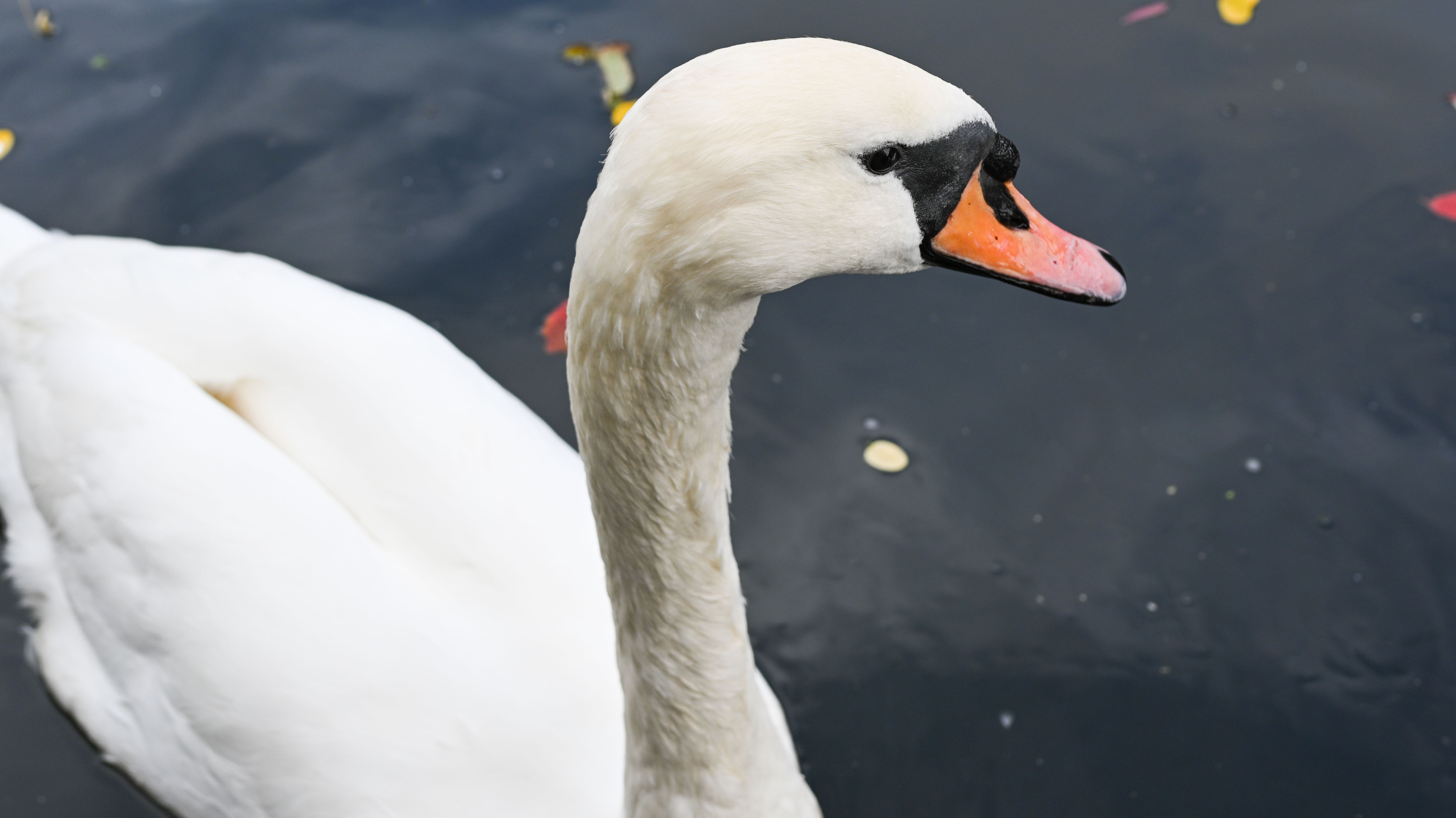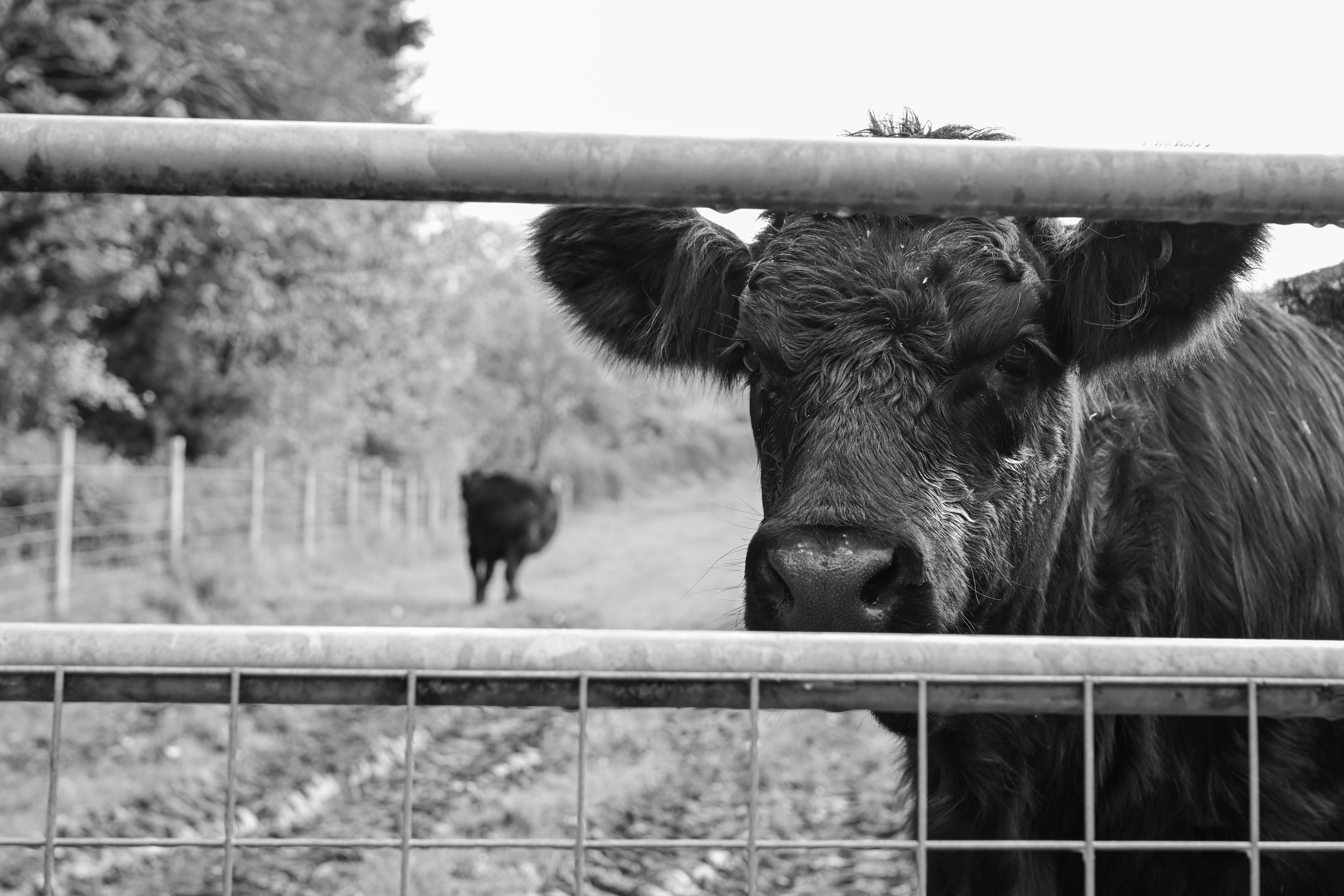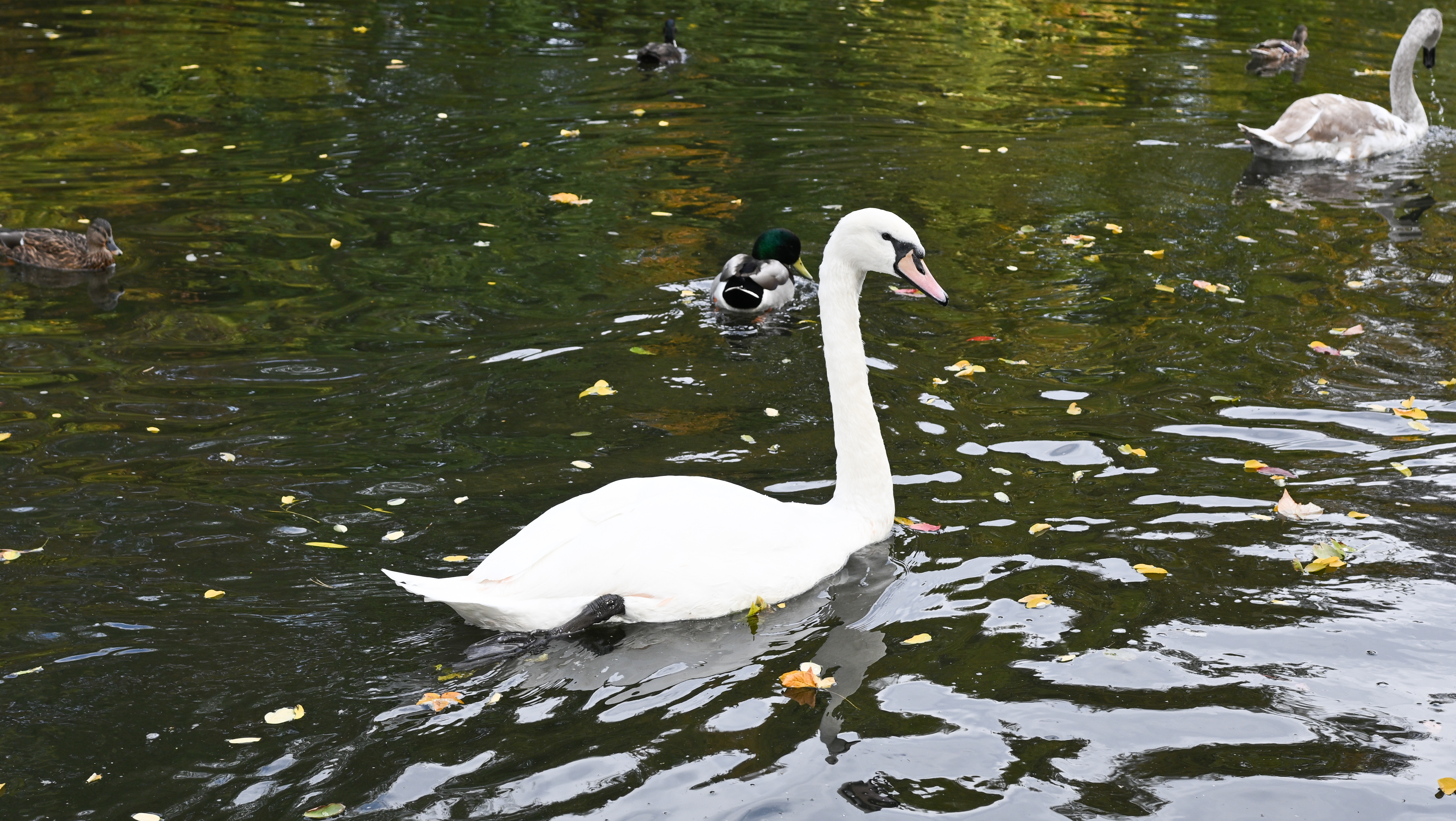Tom's Guide Verdict
The Nikon Z5II is a solid entry-level mirrorless camera, offering decent imaging performance, excellent AF and fantastic handling. It'll offer new photographers everything they need to build their skills. In the U.S., though, its performance is somewhat undermined by the steep +$1,000 list price, which stops the Z50II getting our Editor's Choice award.
Pros
- +
Lovely images
- +
Strong high ISO performance
- +
Excellent AF
- +
Brilliant handling
- +
4K/60p video
Cons
- -
Only 20.9MP
- -
No focus joystick
- -
Poor battery life
- -
Pricey in U.S.
Why you can trust Tom's Guide
The Nikon Z50II is the successor to (you guessed it) the original Nikon Z50, which was one of the best mirrorless cameras at its launch a few years back. Alas, the original model is really rather behind the times at this point, with similarly-positioned APS-C rivals now sporting much more advanced and modern features, especially autofocus.
The Z50II is therefore a much-needed update to Nikon’s lineup, refreshing its entry-level offering for beginners and sitting between the vlogging-focused Nikon Z30 and the more advanced Nikon Z5II (a camera I absolutely adore).
It’s primarily up against the Canon EOS R50, the best mirrorless camera for beginners in our opinion, with its excellent subject detection. But there’s also the recently announced and launched Fujifilm X-T30 III to think about, too.
Does this plucky little camera have what it takes to become the finest entry-level mirrorless around? Find out in my full Nikon Z50II review.
Nikon Z50II review: Specs
Specs | Nikon Z50II |
|---|---|
MSRP (launch) | |
Sensor | 20.9MP CMOS APS-C |
Processor | Nikon XPEED 7 |
Lens mount | Nikon Z Mount |
IBIS | None |
AF System | 209-point Hybrid AF |
Viewfinder | 0.39-inch XGA OLED, 2.36m dots |
Display | 3.2-inch vari-angle TFT, 1.04m dots |
ISO range | ISO100-51,200 |
Max video resolution | 4K/60p |
Ports | 1x SD/SDHC/SDXC UHS-II. USB-C; mic; headphone; remote shutter; Micro HDMI; hot shoe |
Wireless connectivity | Yes |
Max shooting speed | 30fps |
Max shutter speed | 1/4,000 sec |
Battery life (CIPA) | 250 frames |
Size | 5 x 3.9 x 2.7 inches |
Weight | 1.2lbs |
Nikon Z50II review: Price & availability
The Nikon Z50II starts at $1,009 body-only in the U.S., or $1,149 with the DX 16-50mm kit lens. The U.S. price isn’t outrageous, but feels a little steep given this is an entry-level camera.
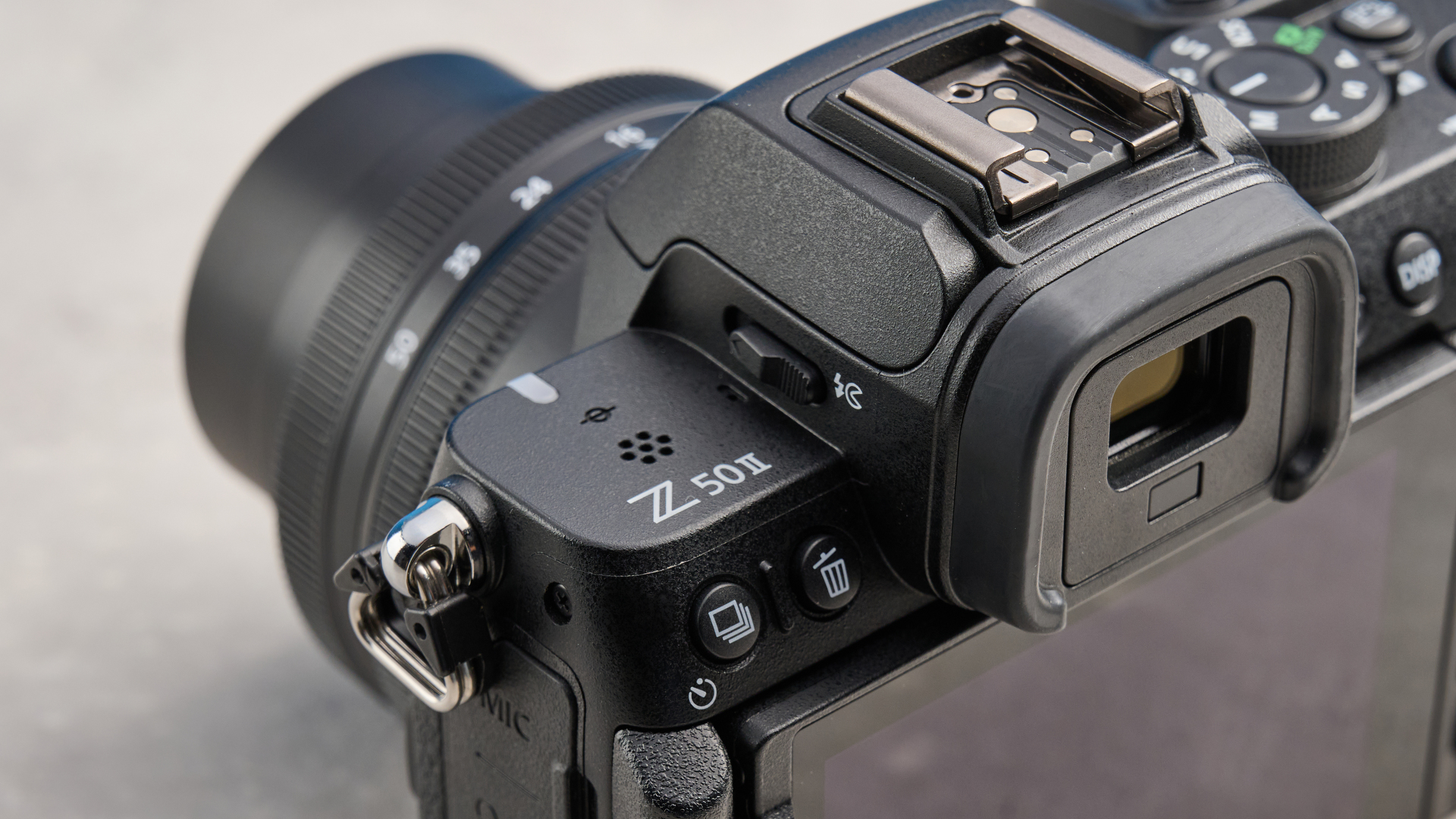
By contrast, the Canon EOS R50 starts at $679. The R50’s AF is just as good as the Z50II’s (maybe better) and you get a few extra megapixels. However, it’s a few years older, feels cheap in comparison, won’t shoot 4K/60p and will start to overheat at 4K/30p. I think the Nikon justifies a premium over the Canon, but over $300 more? I’m not sure. The Z50II is even pricier than the brand new Fujifilm X-T30 III ($999), which offers beautiful premium build quality, 6.3K video and an extra 5MP of resolution. That’s a very hard one to justify.
In the U.K., the Z50II makes much more sense, as it’s priced at a very competitive £799 versus the Canon’s £699 typical price at the time of writing (the EOS R50 cost £789 new in 2023 but has dropped since launch).
Get instant access to breaking news, the hottest reviews, great deals and helpful tips.
Kit lens
Nikkor's APS-C Z DX lenses and full frame Z lenses will both fit the Z50II. Forget the DX 16-50mm kit lens — it produces uninspiring images and its aperture maxes out at f/6.3 at the telephoto end. It’s cheap for a reason.

We use Nikon in our studio so I’m spoilt for choice with lenses. I used the Z 35mm f/1.8 S for most shots in this piece, but that’s probably a little pricey for beginners. You can pick up the Z DX MC 35mm f/1.7 or Z 40mm f/2 as relatively affordable starter prime lenses (especially the 40mm), which will both give you decent image quality and versatile fields of view. The Z DX 16-50mm f/2.8 VR is a solid aspirational zoom lens with a constant f/2.8 maximum aperture.
Nikon Z50II review: Design
The Nikon Z50II looks like any other recent Nikon mirrorless, and that’s no bad thing. It’s nondescript and relatively professional-looking, and looks much nicer than the tacky Canon EOS R50 (at least when the latter is in its white guise). Naturally, it lacks the pizzazz of the gorgeous Fujifilm X-T30 III, but it’s a Nikon — they’re always just a bit boring.
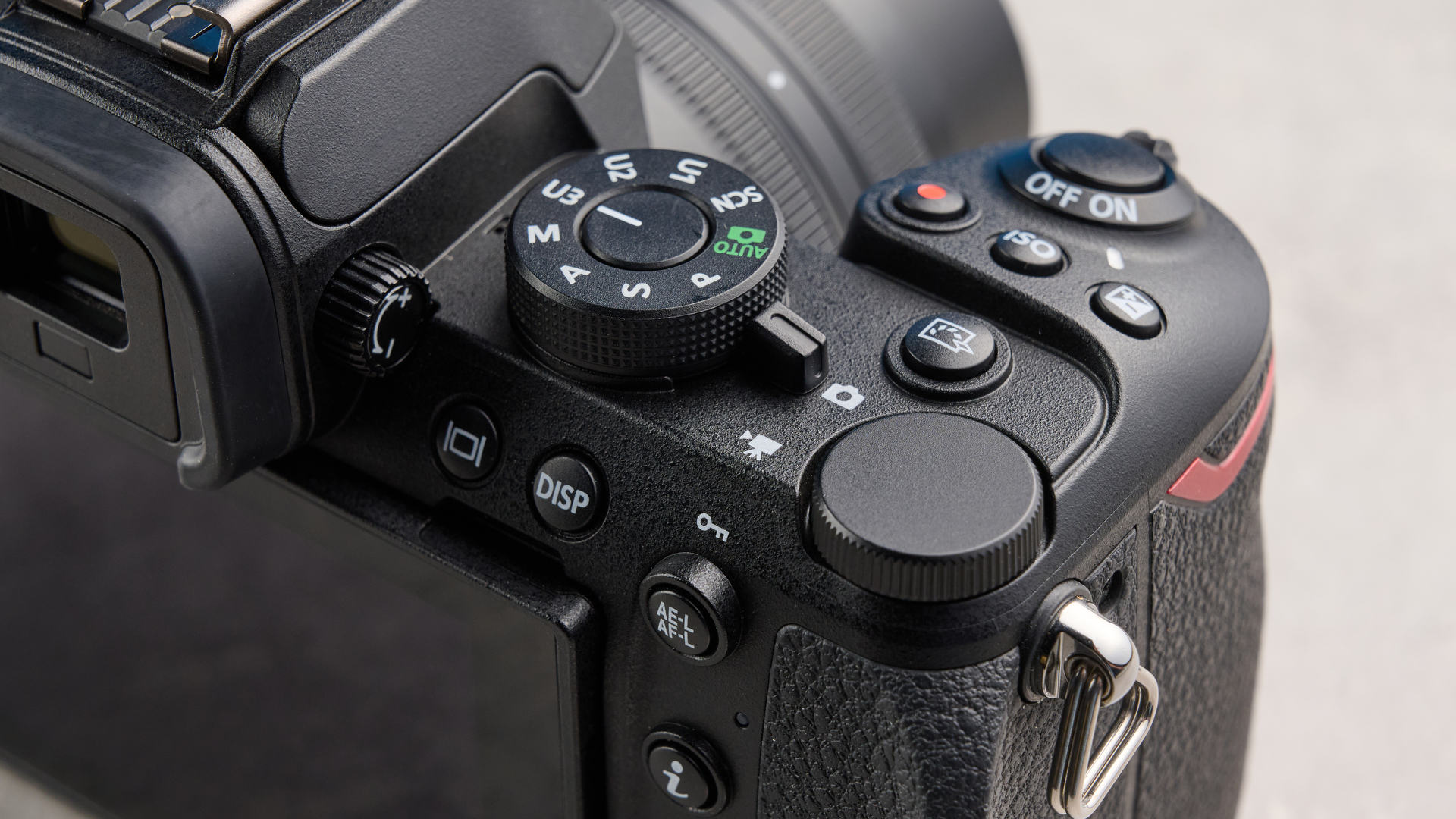
The Z50II looks and feels premium, though, especially for an entry-level camera. It feels much sturdier than the lightweight, hollow EOS R50. This is reflected in each camera’s respective weights: the Z50II weighs 1.2lbs while the EOS R50 tops the scale at just 0.8lbs. The Z50II is also the larger at 5 x 3.9 x 2.7 inches.
It isn’t at all big and heavy by general standards, though. I had no issues with it around my neck on a long walk through the countryside, and no problems shooting at odd angles. Besides, I appreciate that the Z50II’s extra weight avoids the hollow, insubstantial feel of the R50.
Displays
The Z50II features a 2.36M-dot Quad-XGA OLED EVF, which is about as much as you can expect at the $1K mark, but only about as much as you need for 20.9 megapixels anyway. This is the same resolution as the EVFs on both the EOS R50 and X-T30 III.
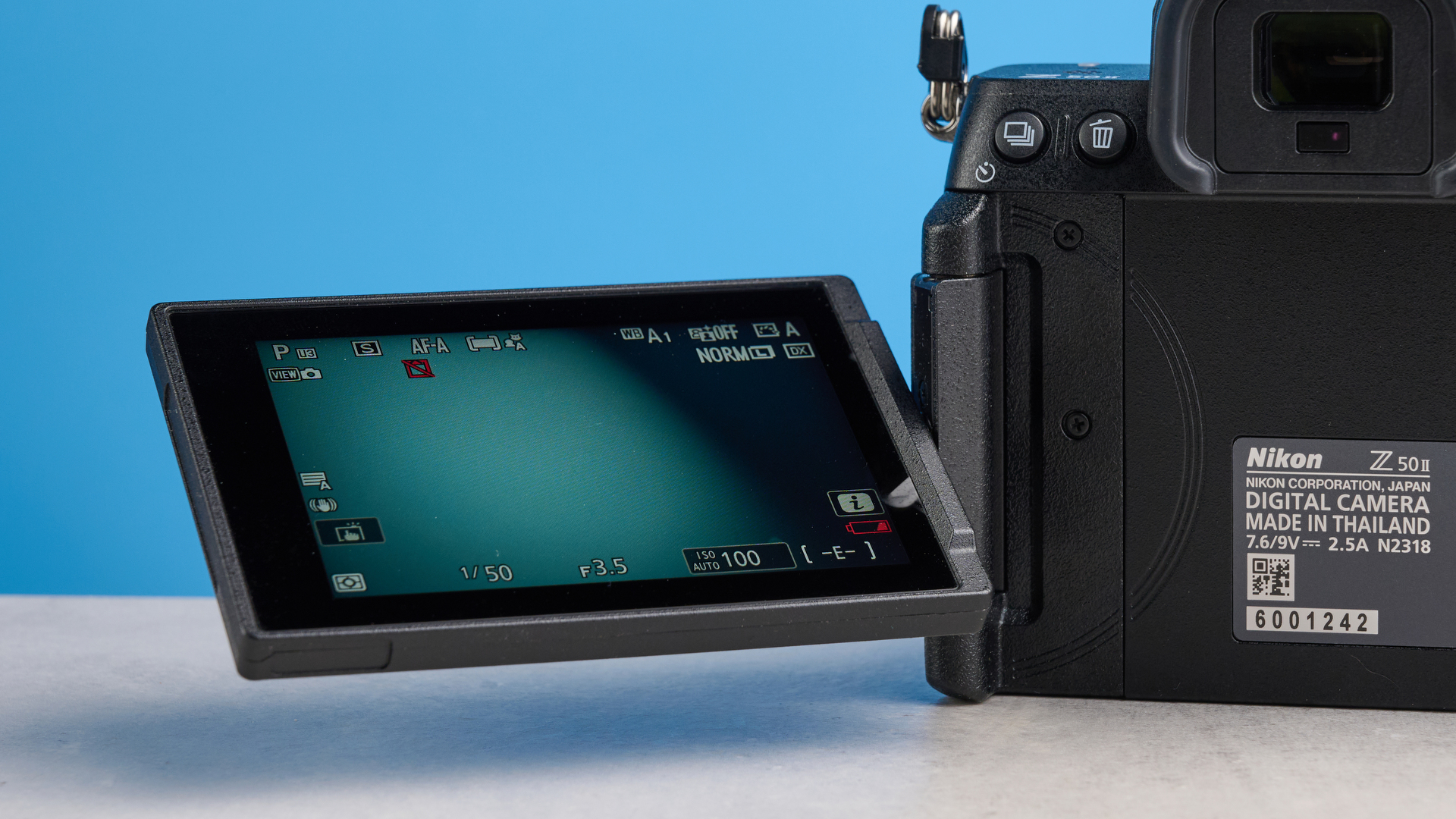
The rear display is a 1.04M-dot vari-angle TFT LCD display, which is lower-res than both the Canon and Fuji — both sporting 1.62M dots. The vari-angle articulation is useful for shooting at odd angles and from the hip, and is especially useful for video. On bright days, I found the display too dim in auto-brightness mode, so I had to set brightness manually. All-in-all, the rear display is a little disappointing at this price point.
Connectivity
The Z50II features a single UHS-II SD slot — again, expected in this price bracket. Dual slots allow simultaneous writing, meaning faster drive speeds and backups of images — the latter in particular being crucial for paid work with clients on the line. You’ll need to step up to the Z5II, Canon EOS R7 ($1,449) or Fujifilm X-T5 ($1,699) for dual slots.
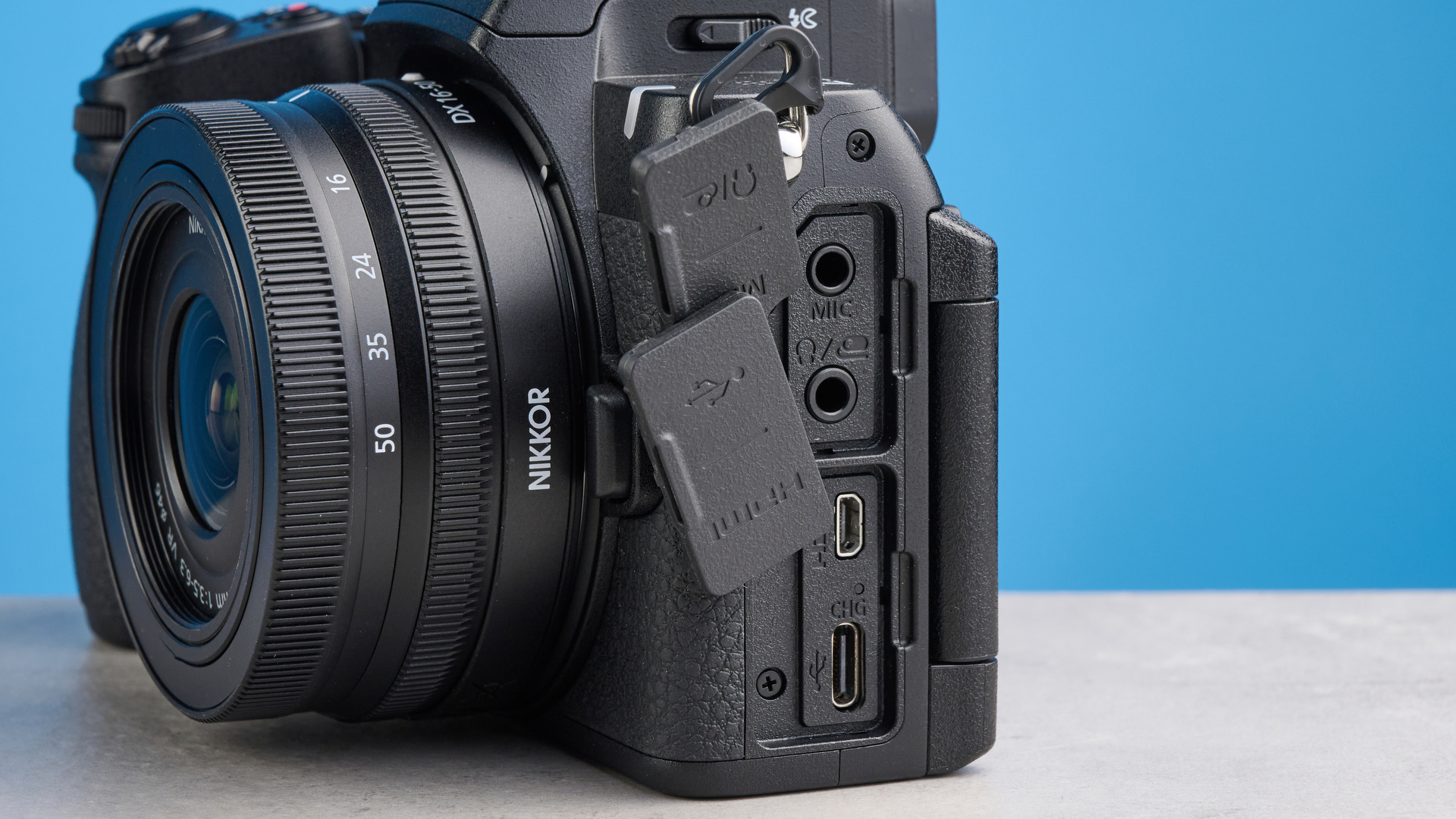
Along the side of the camera are ports for USB-C and micro HDMI, a 3.5mm microphone jack and another 3.5mm jack for headphones or a remote (it’ll switch between the two automatically).
The Z50II also features Wi-Fi and Bluetooth for wireless connection, including to the Nikon SnapBridge app. The app gives you remote control over the camera and allows you to offload images quickly to your phone for sharing, both of which are super useful.
Nikon Z50II review: Controls

The Nikon Z50II is an only-slightly-scaled-down version of the Z5II — we’re talking about a few fractions of an inch on each plane. As such, it’s just about big enough to host a moderately-chunky zoom lens if needed, especially given the deep, sculpted front grip. By contrast, the X-T30 III with its tiny grip may prove cumbersome to handle with large lenses.
Controls
The Z50II’s control layout is effectively the same as the Z5II and very similar to the Nikon Z6III ($2,499). That means it handles like a professional camera, making it fantastic for beginners with big aspirations.

Almost everything is laid out expertly, with two command dials and virtually all of the other controls, save the Drive button, within easy reach of your right fingers and thumb. I absolutely love the inclusion of dual Fn buttons inside the grip recess, which are extremely helpful for when shooting one-handed in portrait orientation, or at odd angles. That’s another professional feature typically found on high-end cameras, like the Z6 III.
Just like the EOS R50, there’s no joystick, so focus points are adjusted using the D-pad. It works fine, but a joystick is always preferable when shooting through the EVF — you’ll need to step up to the Z5II to get one.
Menu
Nikon’s menu is pretty good, although I find it needlessly overcomplicated. There are sections for photo settings, video settings and focus, then a second separate set of sub menus for more detailed settings. Why not just roll both sets into each other?
It’s fine once you’re used to it, and actually offers a very high amount of control and customization. But it takes a fair bit of getting used to. By comparison, Fujifilm’s menu is a bit of a hot mess, with things randomly placed in ill-fitting places, although it’s easier to use than Nikon’s. Canon’s menu system is excellent, though, providing the ideal balance of simplicity and control.
Nikon Z50II review: Autofocus
The Z50II’s 209-point hybrid phase/contrast detection autofocus is excellent. AF like this is becoming par for the course even in entry-level cameras these days, with similarly-proficient systems on the X-T30 III and EOS R50. The outsider in AF terms is the Panasonic Lumix G97 ($849), which is contrast-only and comparatively pretty weak, although unlike the Z50II, the G97 has IBIS.
Just like the Z5II, the Z50II features automatic subject detection, as well as specific detection/tracking modes for humans (eyes/faces), animals, birds and vehicles. It’s fast, accurate and tenacious especially in the dedicated modes.
In the image of the swan above, the Z50II detected and tracked the swan’s eye and followed it moving quickly down the river. It also had no issues detecting the cow’s eye in the image above, despite the low levels of contrast between the animal’s black eye and black fur. It’s also excellent for humans, detecting and locking onto the subject’s eye in the portrait below.
My only gripe with the Z50II’s AF is the auto detection mode, which is a little slower and sometimes has trouble picking up subjects or eyes. That said, it’s fine most of the time, and is still very nice to have. By contrast, the X-T30 III has no automatic mode, so you need to switch between the various subject detection modes manually, potentially missing shots as you do.
Nikon Z50II review: Image performance
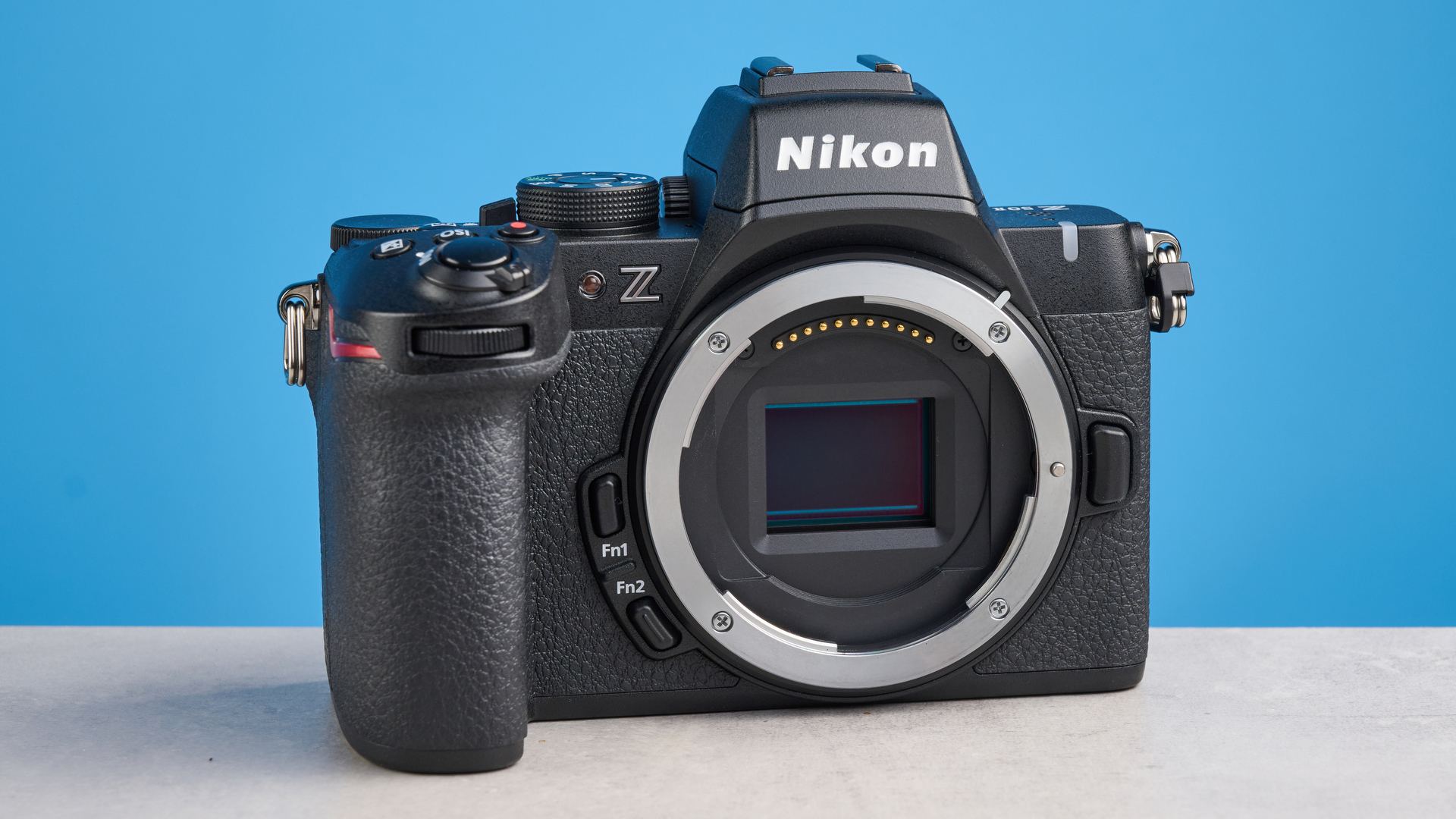
The Nikon Z50II has a 20.9MP APS-C sensor, which is the same resolution as the cheaper Nikon Z30 ($709) and a bit of a let down. I understand that Nikon has to separate this camera from the pricier Z5II, but the Z50II’s lack of IBIS and its single card slot already serve that purpose. Nikon could’ve fitted the Z50II with the Z5II’s 24.5MP sensor without treading too hard on the pricier camera’s toes.
20.9MP is fine for online sharing, but proves restrictive if you want or need to crop, as you’ll suddenly start dropping into single-digit megapixel counts at anything more than a light trim. The first image below is full size, while the second image is a moderate crop, which has reduced the image to under 10MP. Cropping in further on the third image and the image has dropped to just under 3MP, significantly reducing detail.
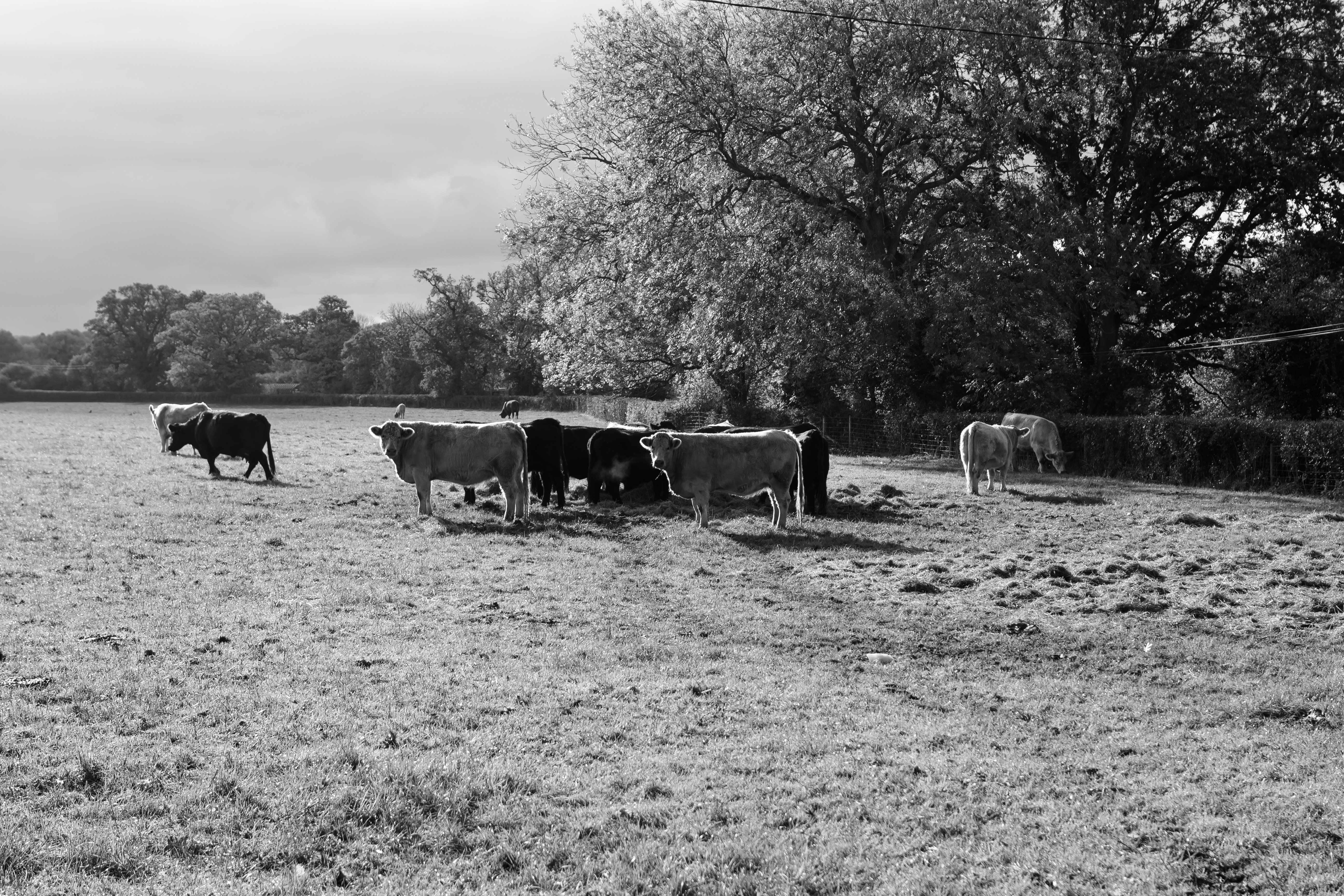
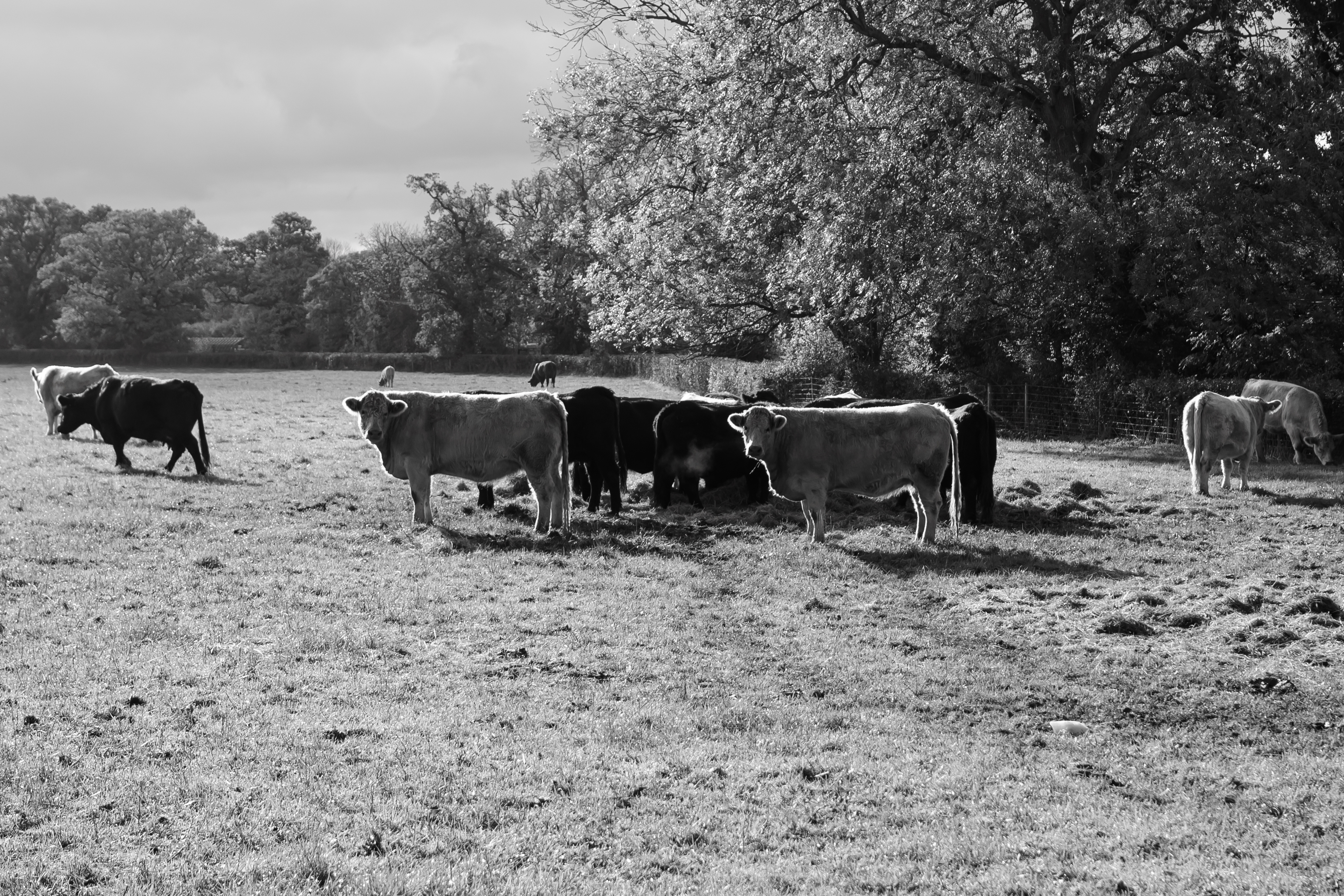
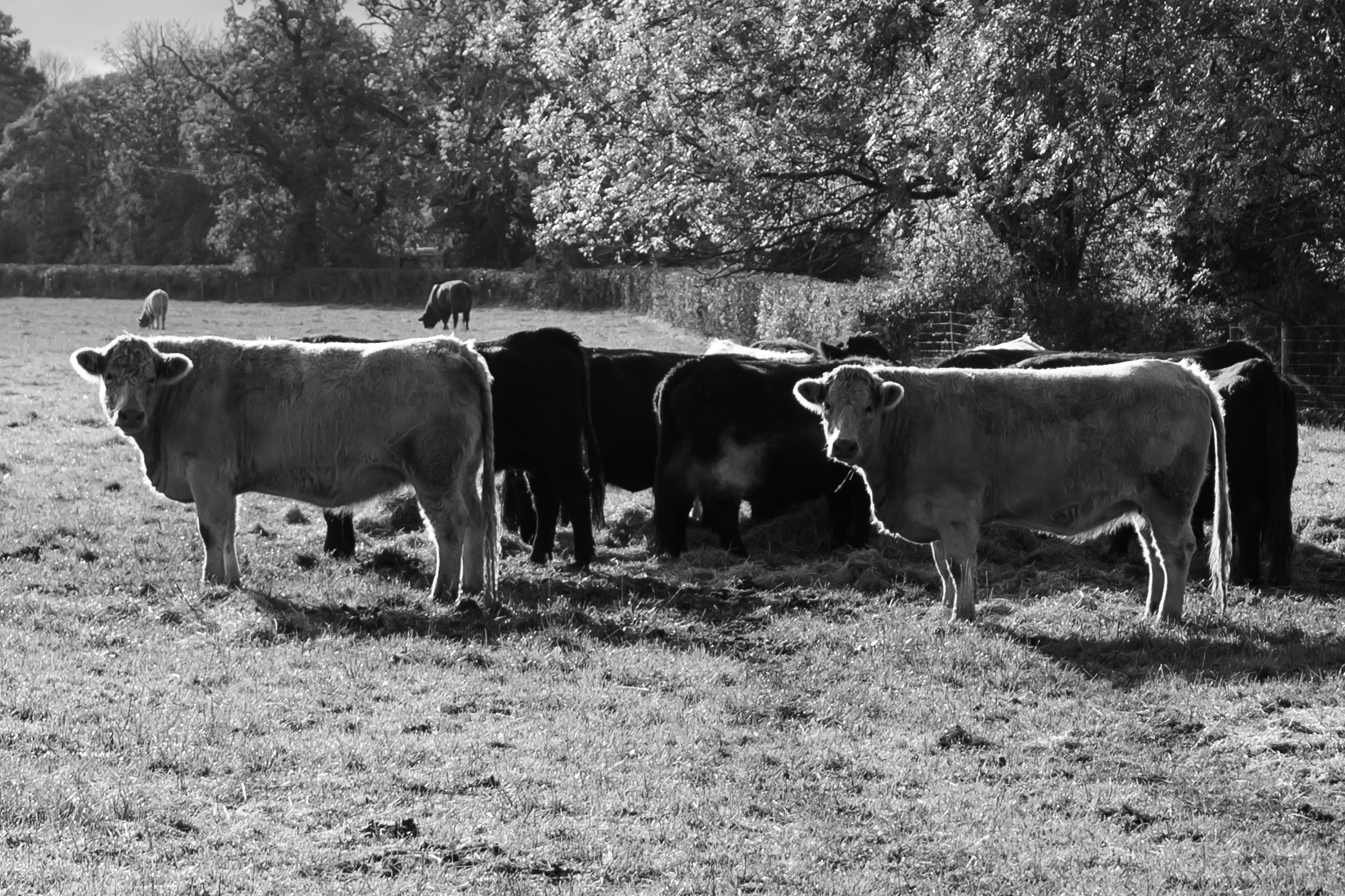
Resolution reduction is, of course, a normal side effect of cropping, but my point is that the extra few megapixels of Nikon’s 24.5MP sensor would’ve been welcome for that extra headroom — if you’re using a prime lens and physically can’t get closer to a subject, you’d have a little extra resolution to play with when cropping in post.
The Z50II shoots up to a very impressive 30fps, although with its single SD card slot, it can’t sustain that for long, especially when shooting RAW+JPEG. Still, in the second-tier 15fps mode, I was able to shoot some nice bursts of moving birds and swans.
Color
Nikon’s standard profile color reproduction is extremely lifelike. The colorful image above looks very true to life. I’m also a big fan of the Neutral and Flat profiles. The image below is shot in Neutral and has perfectly captured the cooler tones of the cold winter morning and purple-hued apple, maintaining the bold greens of the leaves and the deep blue sky.
Vivid looks great, although I’d argue it’s maybe slightly too bold. The lantern photo in the gallery below looks fantastic, perfectly capturing the strong contrast as bright evening sunlight shone through the trees. The pink flowers in the second photo look a little too saturated for my liking though.

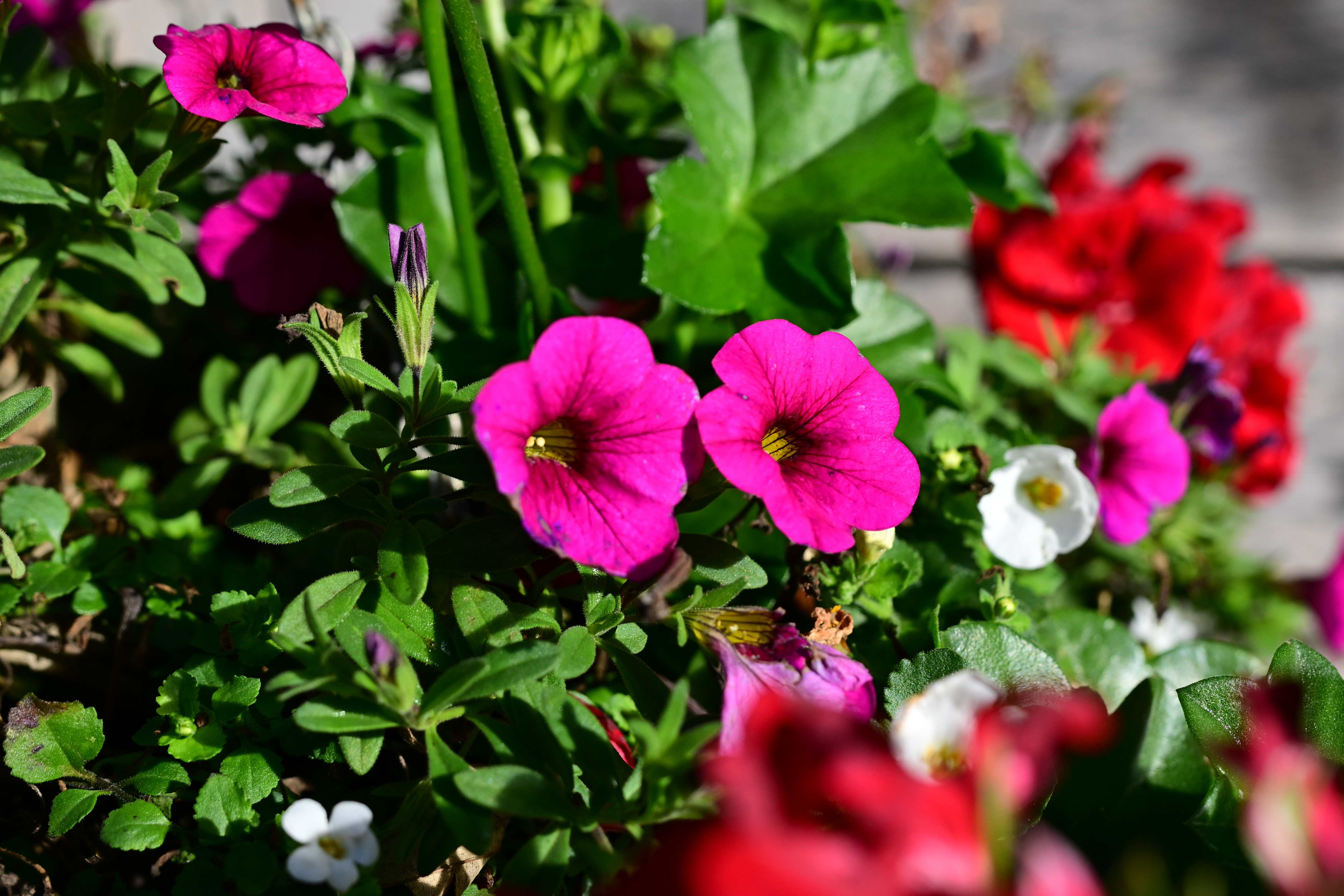

I especially like the Rich Tone Portrait profile (see the portrait in the AF section above) with its warm skin tones and heightened contrast. And as a primarily black and white photographer, I love Nikon’s two monochrome profiles. Deep Tone monochrome looks fantastic, demonstrated by the photo of Wells Cathedral’s ceiling below, and is great for adding some drama in flatter lighting. I’d still have preferred to shoot that photo in Fuji’s Acros + Red filter, though.
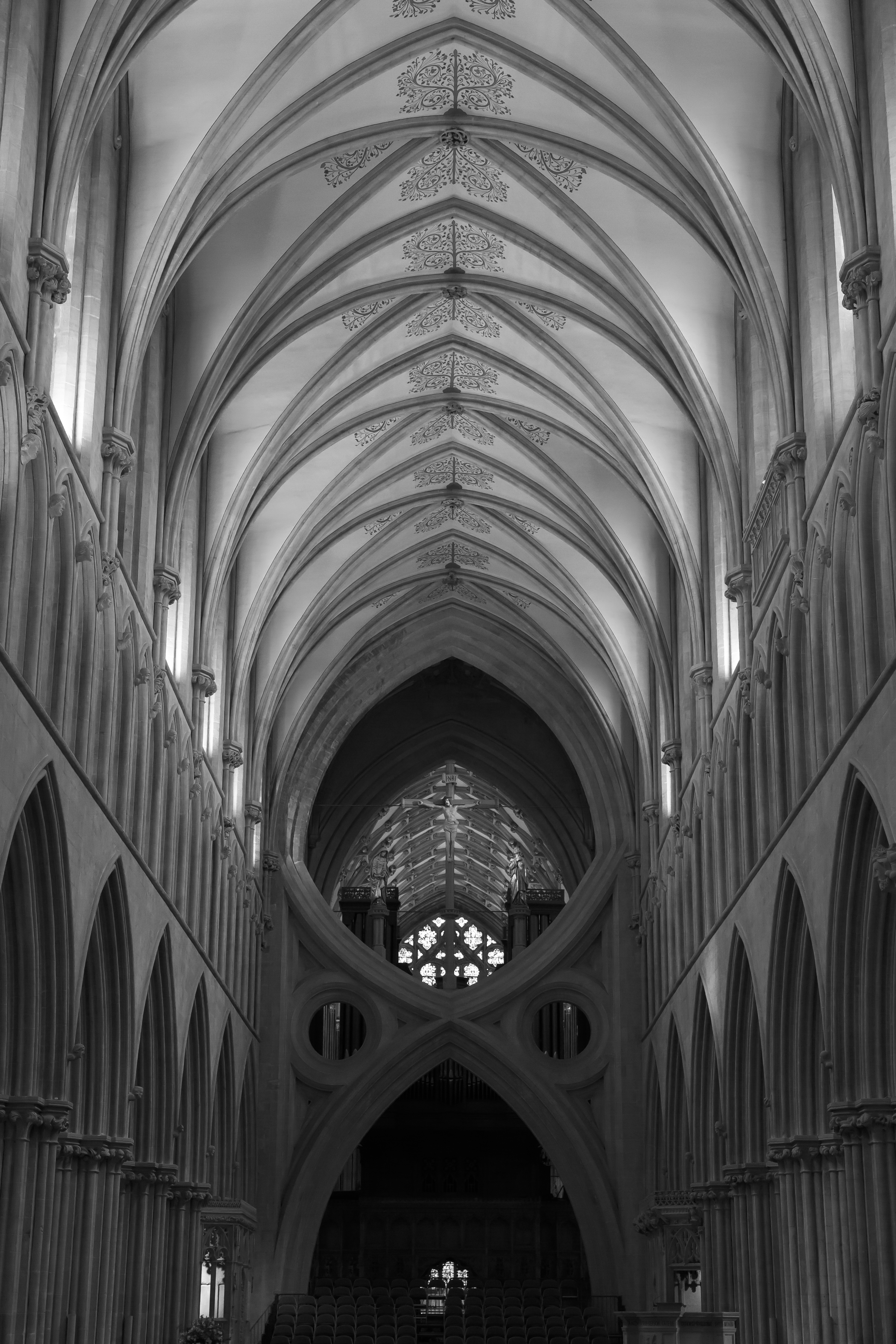
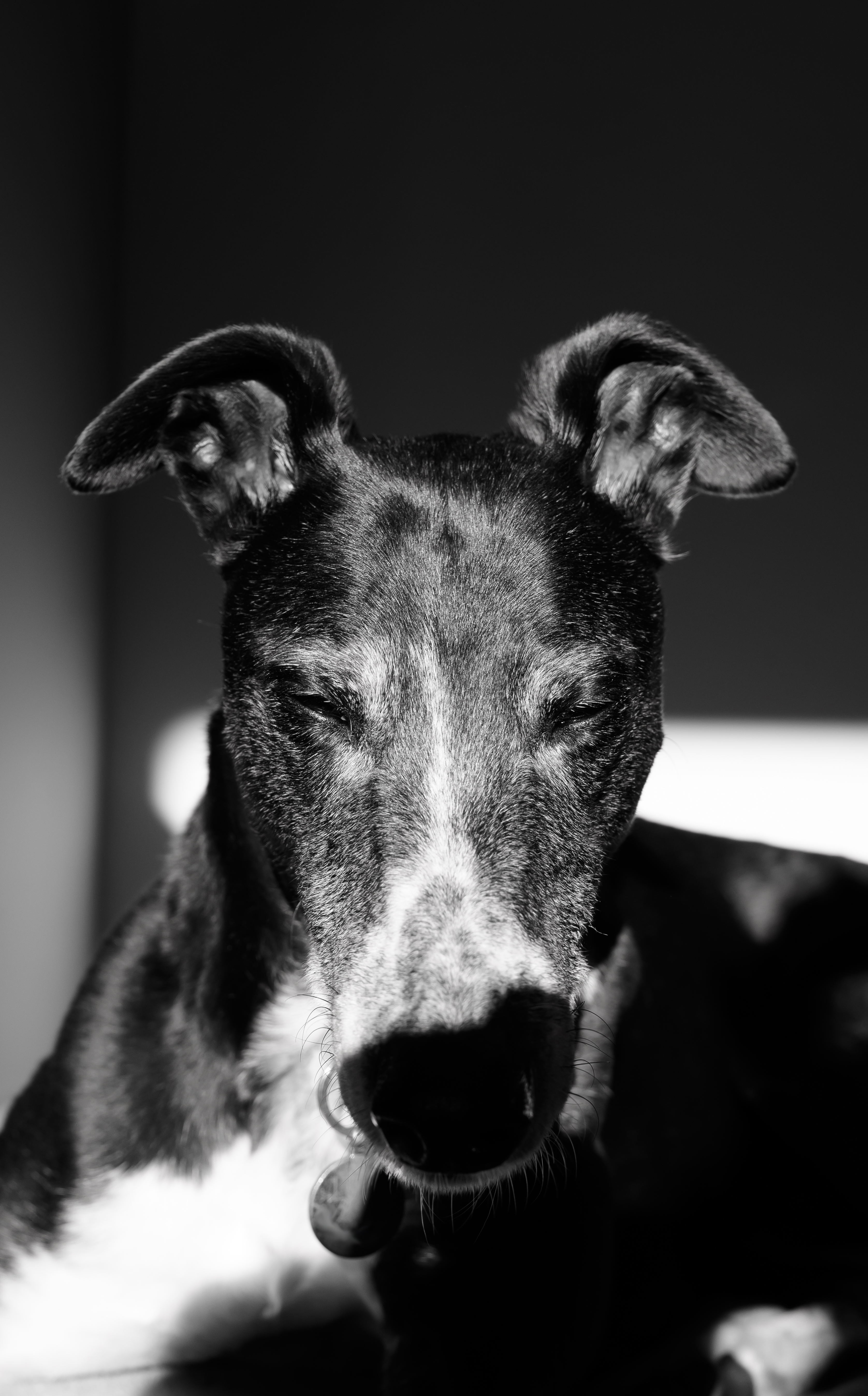
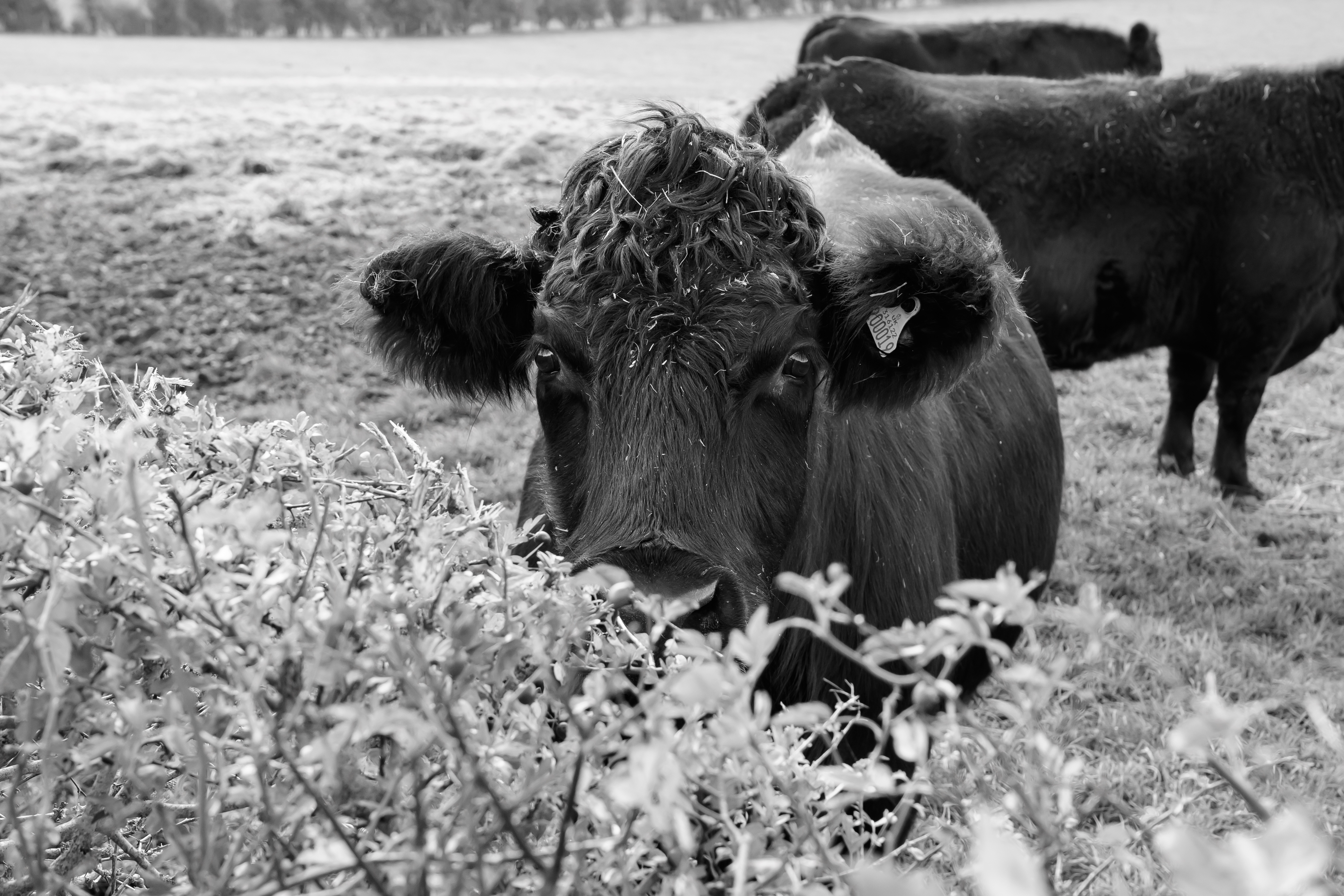
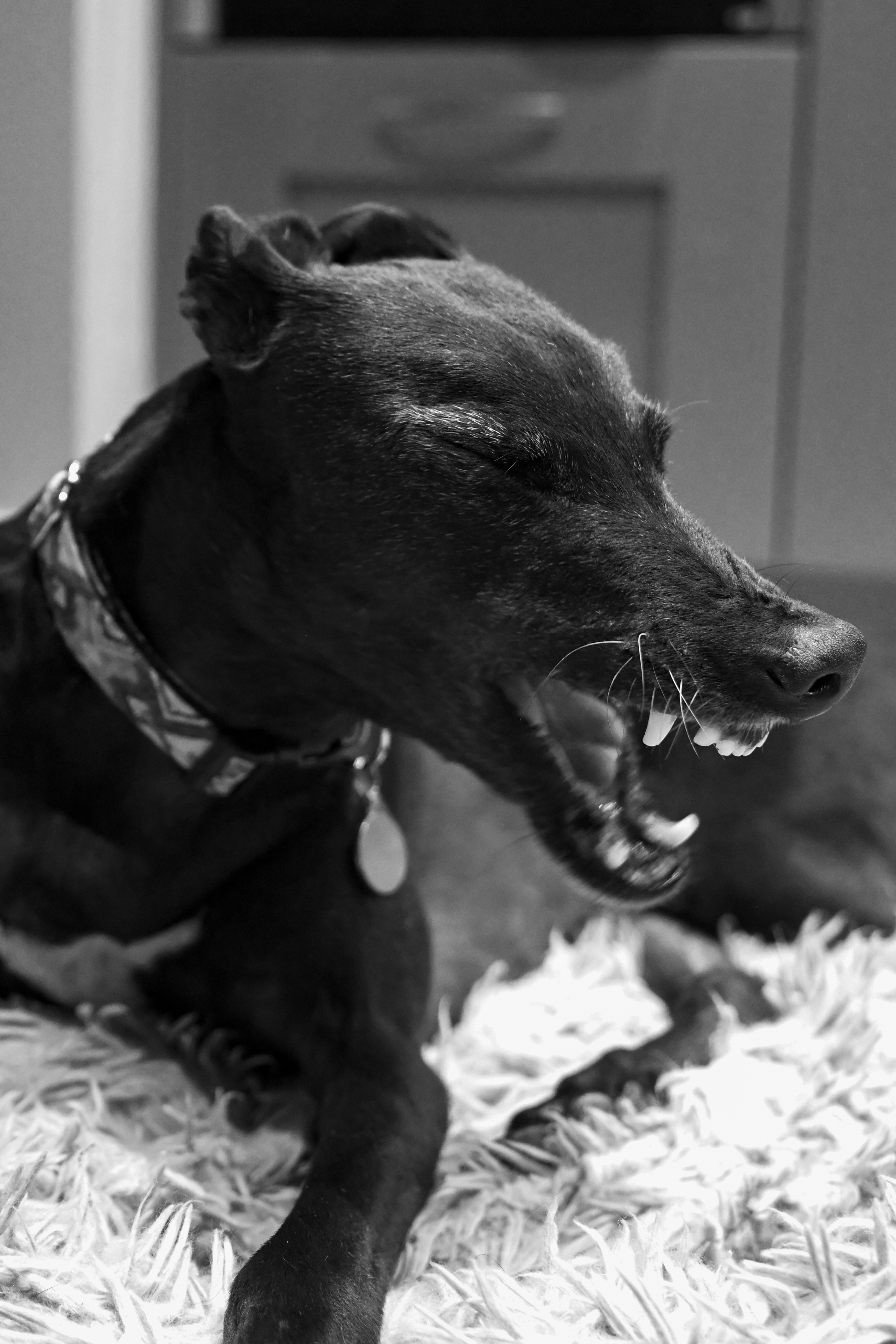
I really like the standard monochrome profile in bright lighting and strong contrast, as in the image of my dog, Luna, second in the gallery above. In diffused lighting, it feels a little flat, though, as in the two last images. Again, I much prefer the starker contrast of Fuji's Acros.
High ISO performance
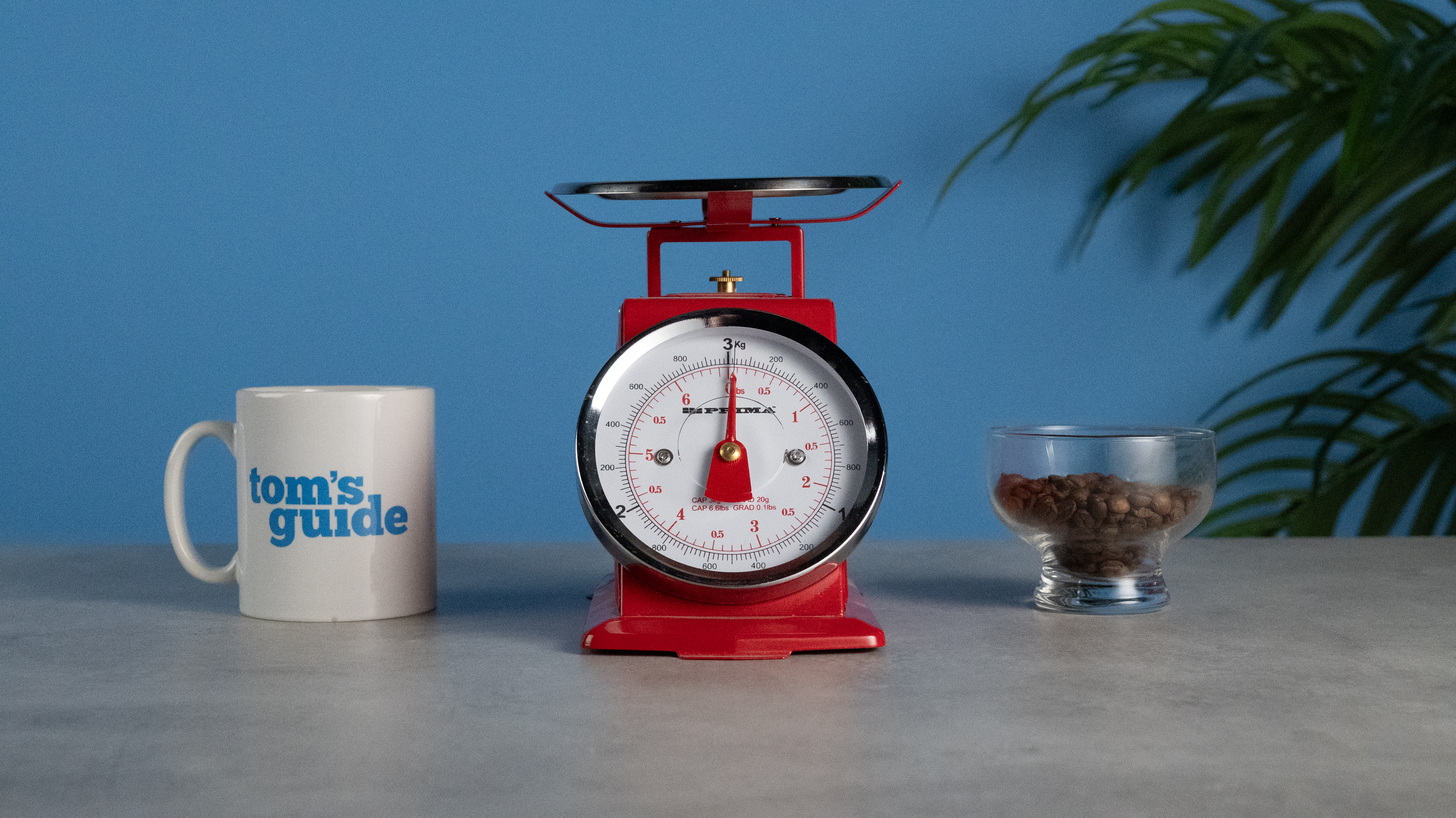

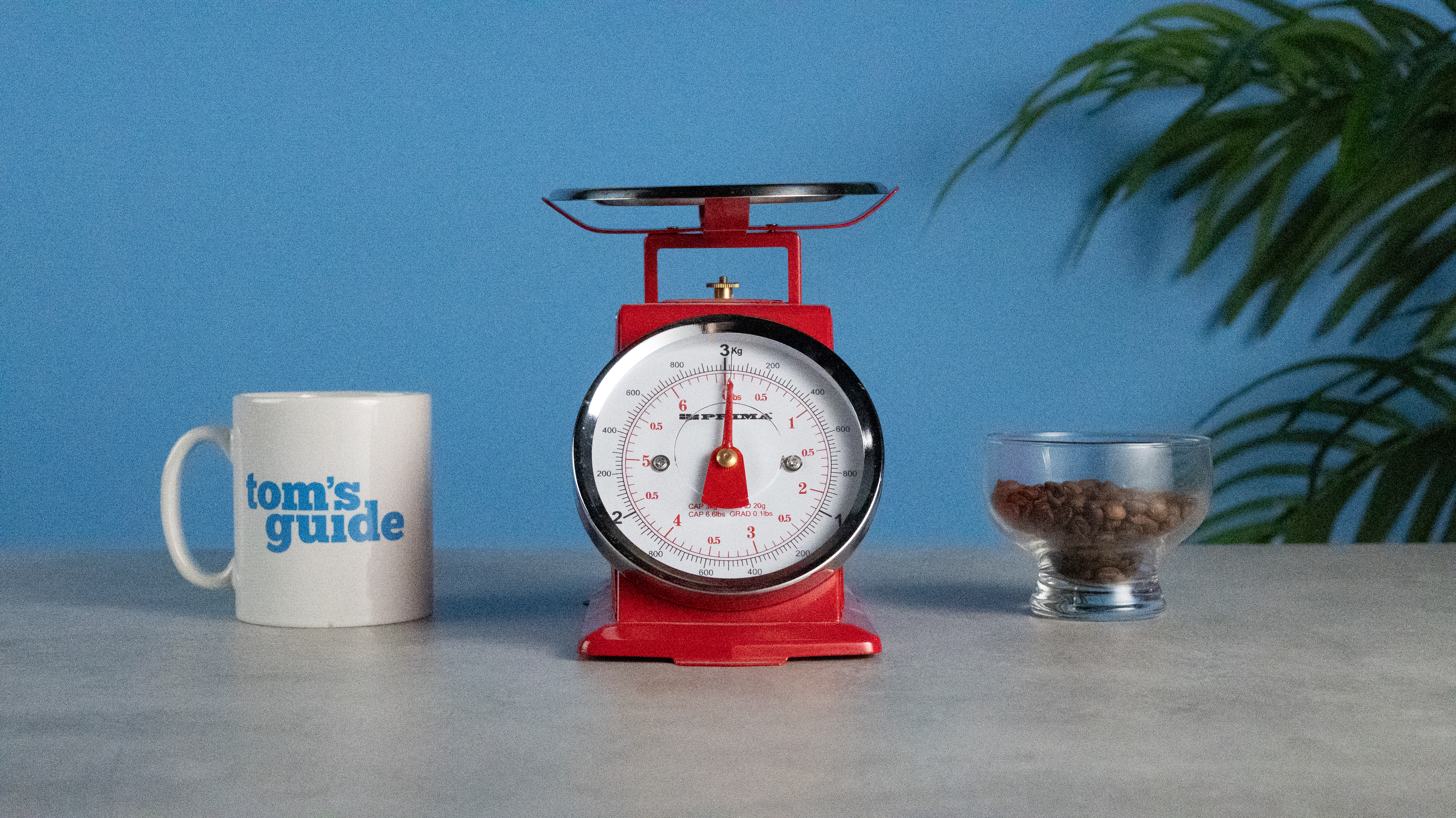
The Z50II uses Nikon’s EXPEED7 image processor, which delivers impressive image quality at high sensitivities.
The images above are RAW files exported as JPEG in Adobe Lightroom Classic, with no other processing applied. Even at ISO12,800 and ISO25,600, the photos are perfectly usable. There’s a lot of noise going on, especially in the less-busy areas like the background. But it isn’t ruinous. The set of scales is reasonably sharp with the legends easily distinguishable.
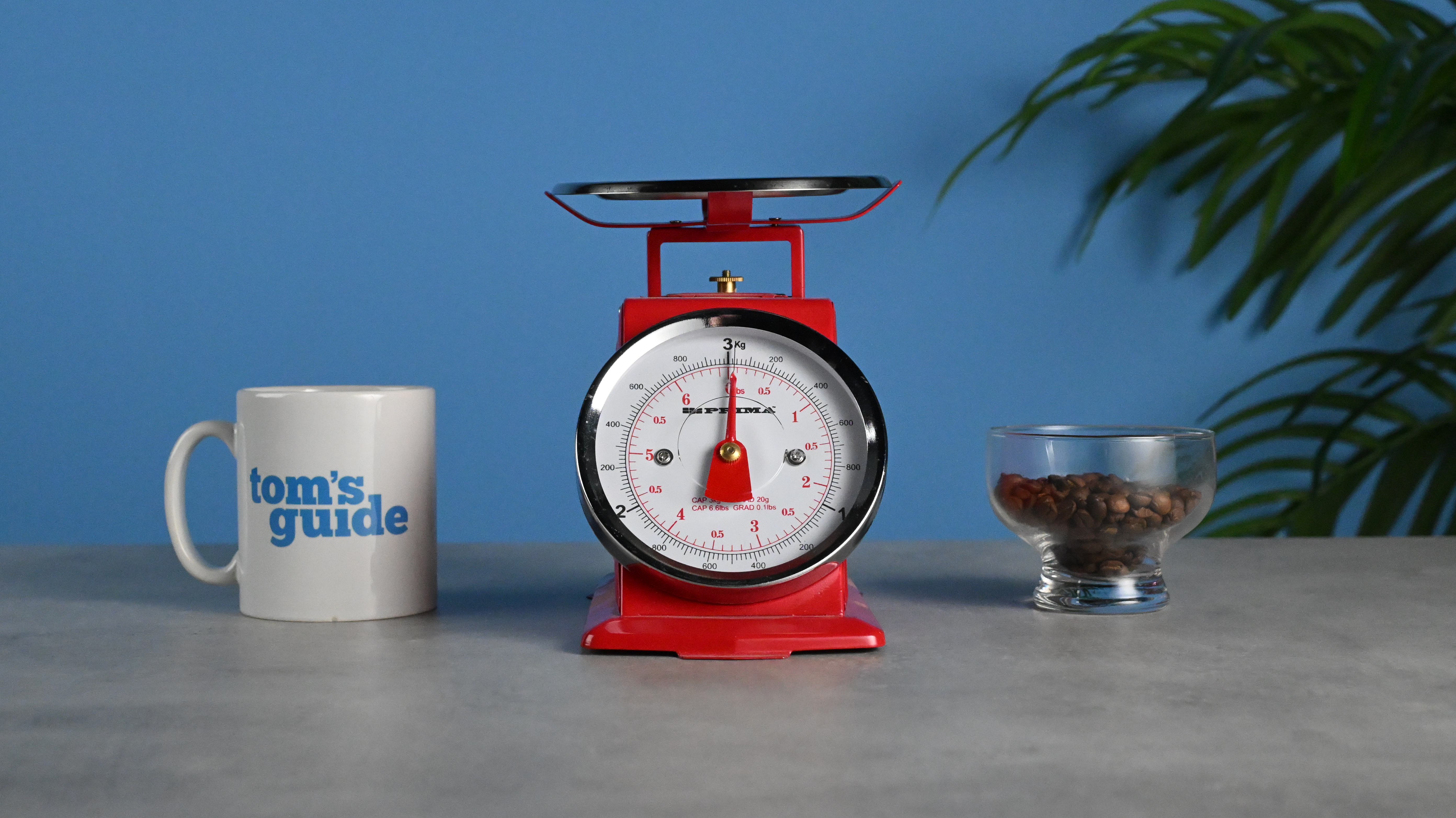
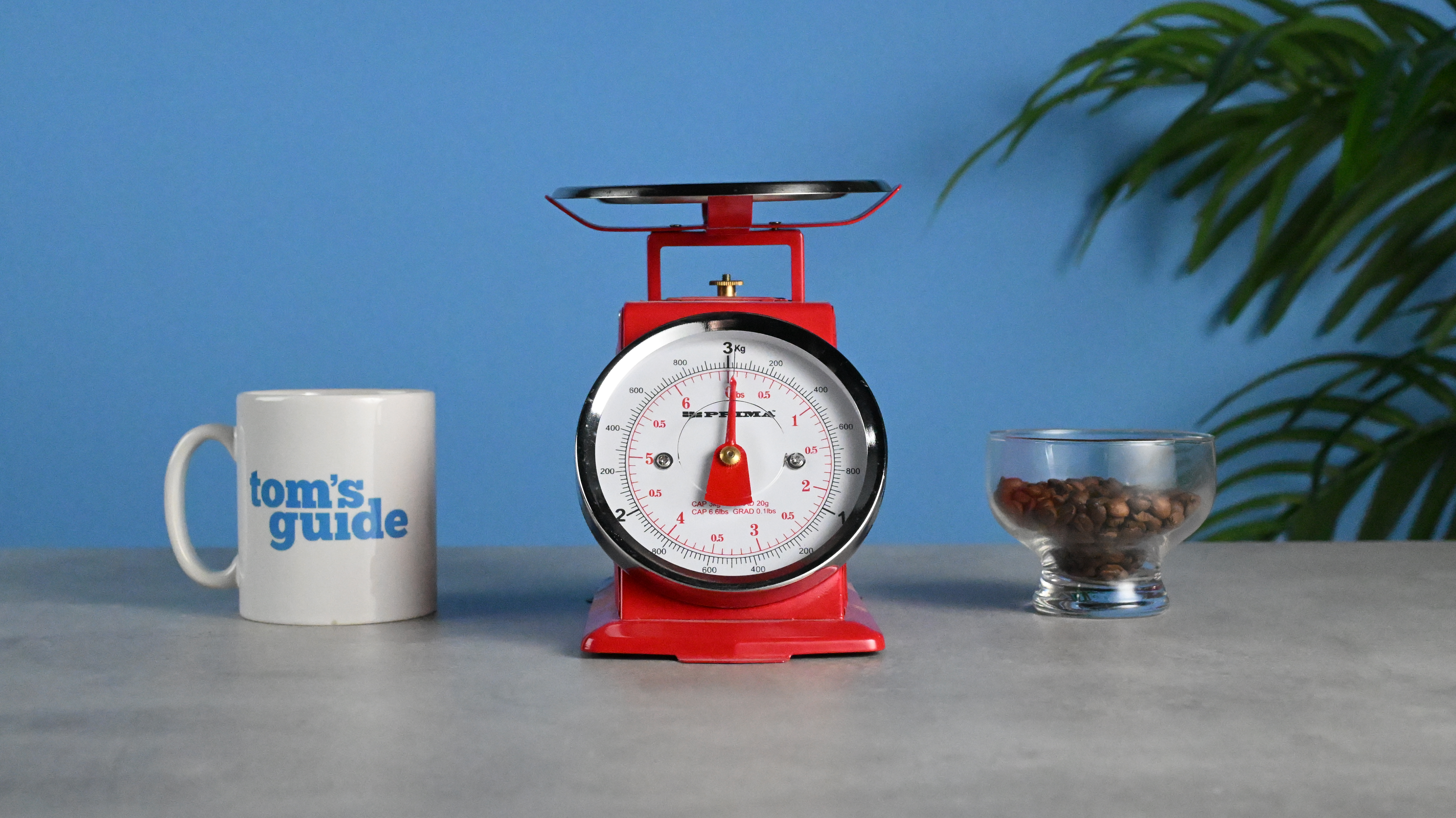
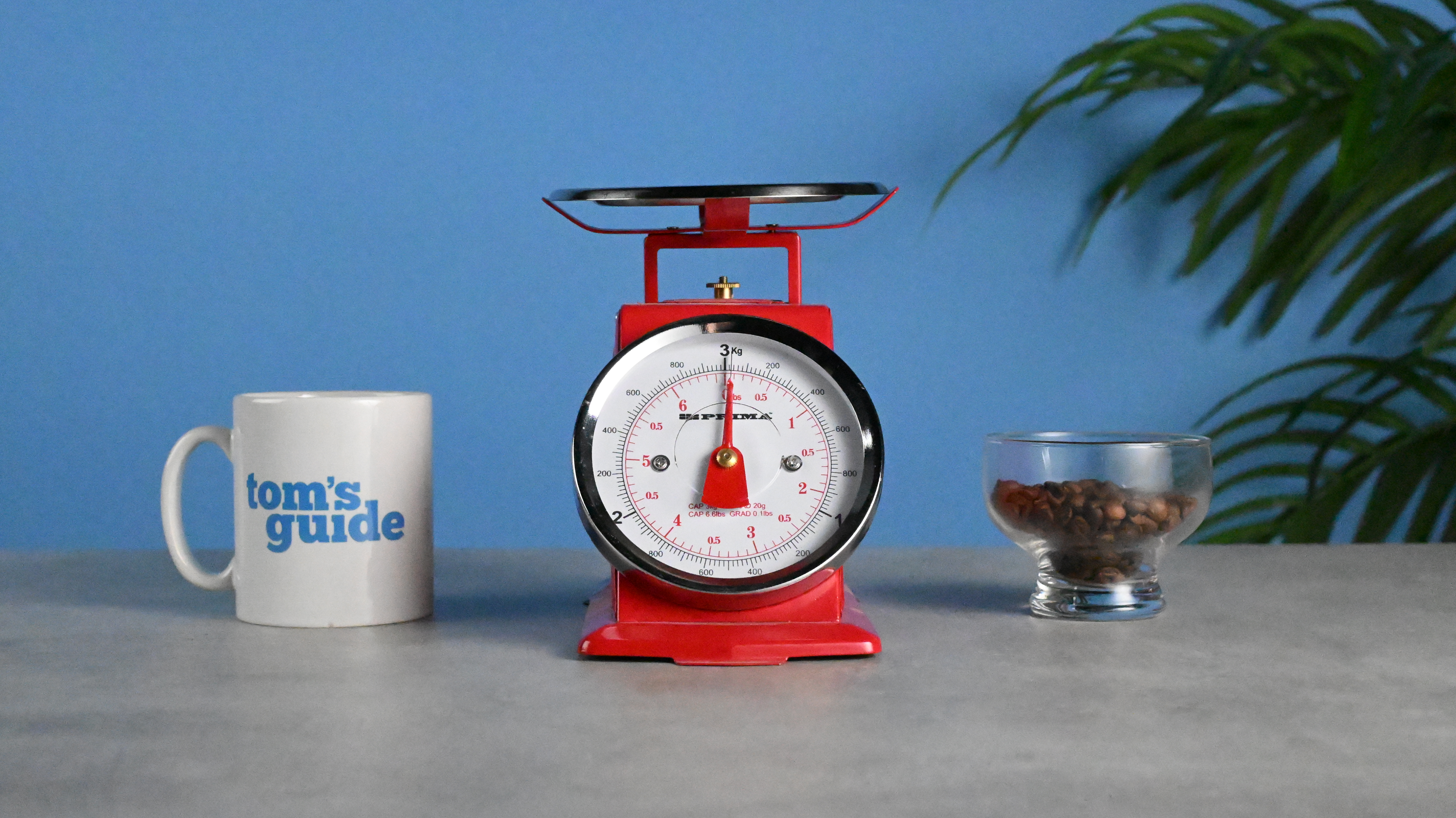
The images above are the out of camera JPEGs of the same image, with the camera’s default noise processing applied. At ISO25,600, there’s a noticeable loss of definition in the scale legends and the background looks fairly blotchy versus ISO6400, both thanks to noise smoothing. But the central legends are still easily legible. And besides, we’re talking about ISO25,600 on an entry-level camera! Crazy.
Dynamic range
Dynamic range performance is also fairly strong. The first image below is shot in deliberately challenging backlit conditions at ISO100 with the foreground obscured in shadow and the background virtually blown out.
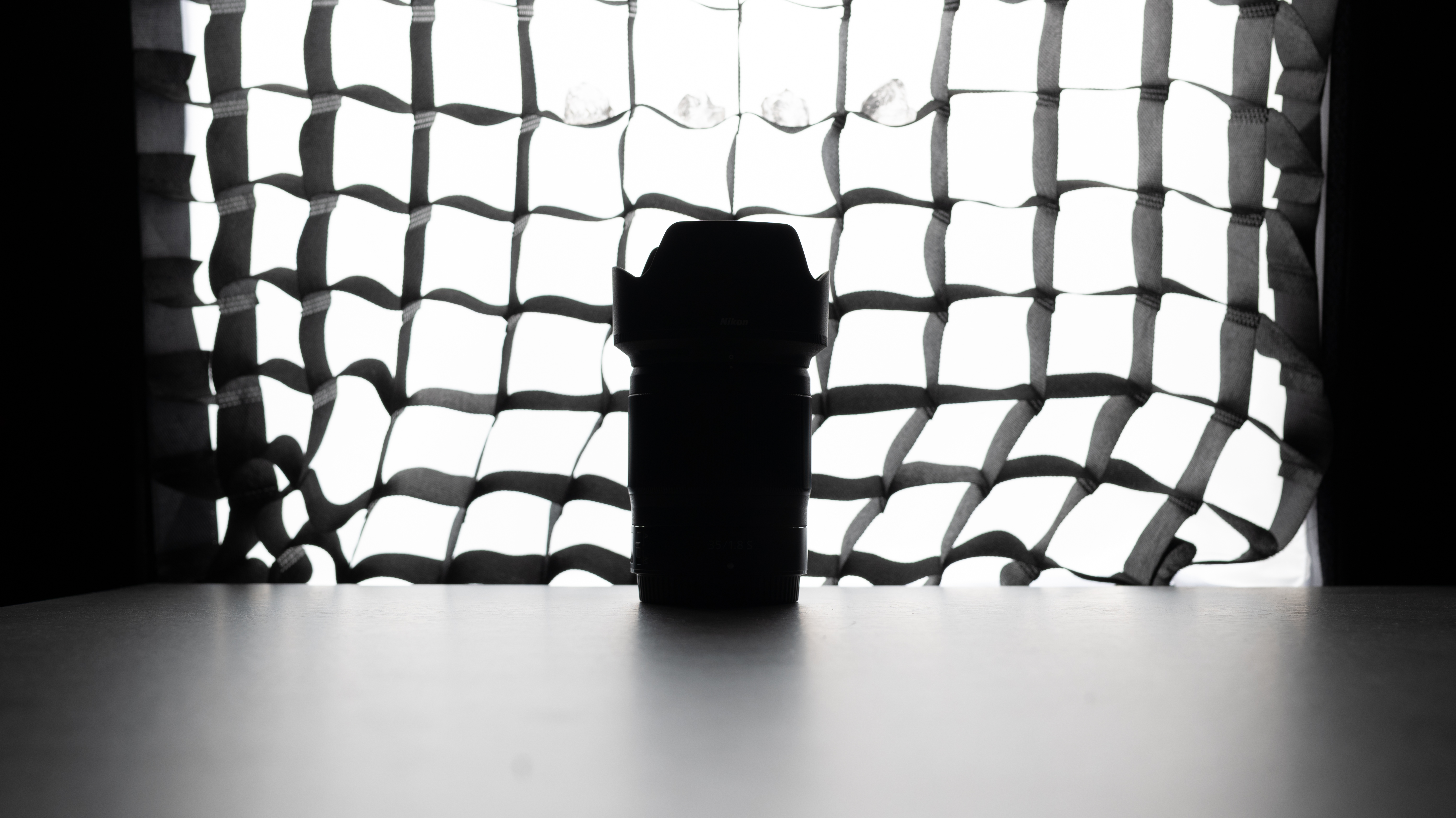

The second image is the same photo with the shadows boosted and highlights reduced. Plenty of detail was retrievable in the highlights, as you can see from the fake ice cubes above the lens. The shadows are quite noisy, reducing the amount of detail in darker areas. Lots of shadow detail was still salvageable in post, though, with the lens legends and control ring ridges easily visible.
Nikon Z50II review: Video performance
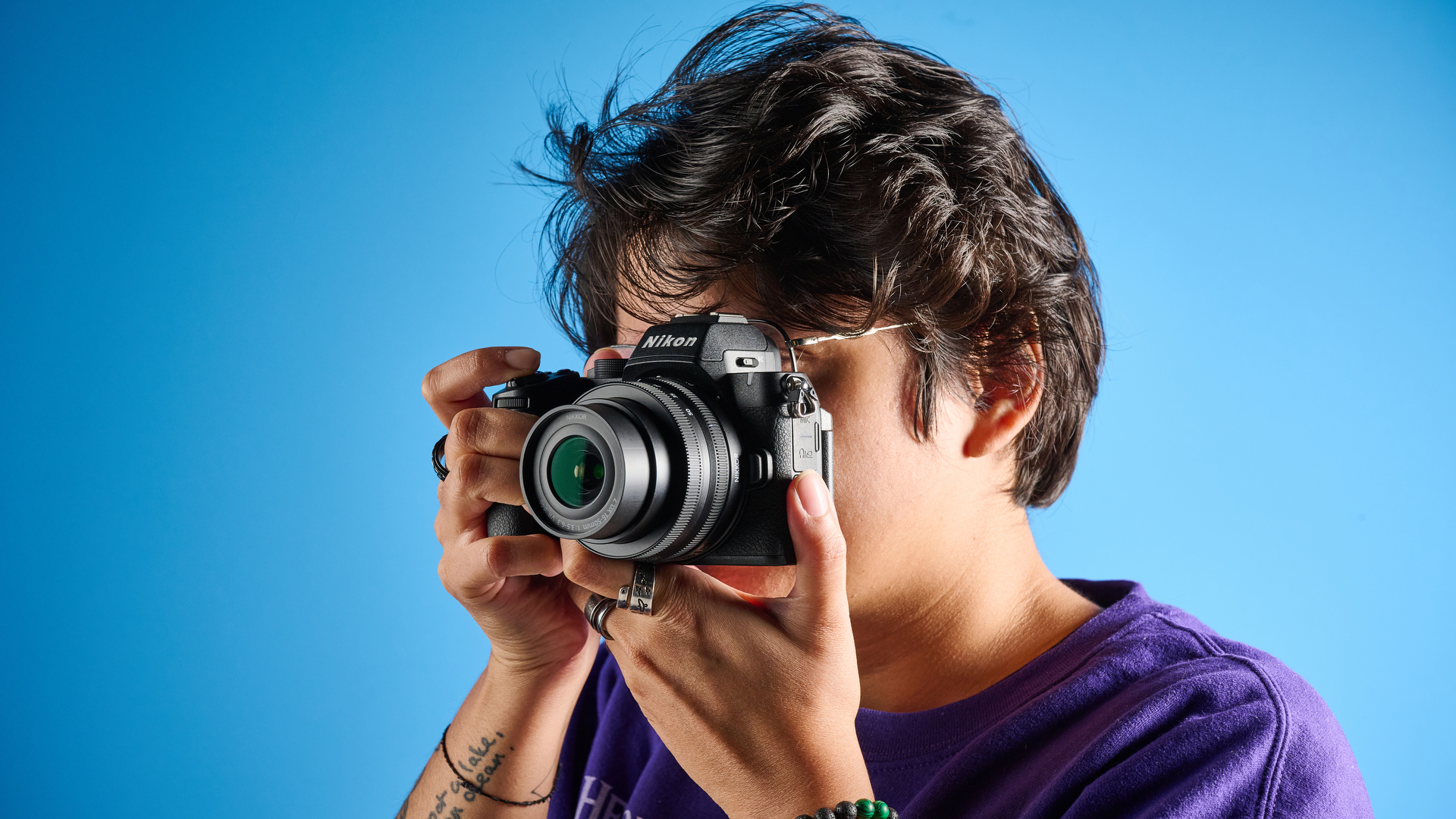
The Z50II shoots 4K/60p video and is touted by Nikon as a vlogging- and streaming-capable hybrid video camera. And yeah, I’d agree with that… mostly. 4K/60p is obviously nice to have for content creators, as it offers smooth, high-res footage. There are both mic and headphone sockets, too, meaning the Z50II can be used for both to- and behind-the-camera filming. And the Z50II is capable of live recording via USB-C, for high quality livestreaming.
There’s no IBIS, though, which is a major pitfall for video. The handheld footage above is shot in 4K at 60p. The image quality looks great, and I love the cinematic feel of the Deep Tone monochrome profile. However, the lack of stabilization makes it look very jittery and amateur, though, especially when panning.
You can, of course, buy an optically stabilized lens. If video and content creation is going to be a major part of what you do, though, I’d recommend something with sensor-shift stabilization like the Panasonic Lumix G97, Sony A6600 ($1,400) or Fujifilm X-S20 ($1,299).
Nikon Z50II review: Battery life

The Z50II uses Nikon’s rather puny EN-EL25 battery, which is CIPA-rated for a measly 250 shots in this camera. That’s incredibly low, and surprising given the camera is using Nikon’s latest image processor (more efficient processing usually reduces power consumption). It just speaks to how weak this battery is. The Canon EOS R50, by contrast, is rated for 440 shots, while the X-T30 III is rated for 425.
CIPA testing standards result in pretty conservative battery claims, and real world results are usually higher. I was about to achieve around 275-300 shots per charge before a flashing red battery icon told me to juice up. So even with the benefit of the doubt, battery life is still poor.
Nikon Z50II review: Verdict
The Nikon Z50II is a solid entry-level camera. It shoots lovely stills with impressive high ISO and dynamic range performance. This is in part due to the modest megapixel count, meaning larger photosites. However, I’d personally prefer a little more resolution as I rarely shoot higher than ISO6,400 anyway.
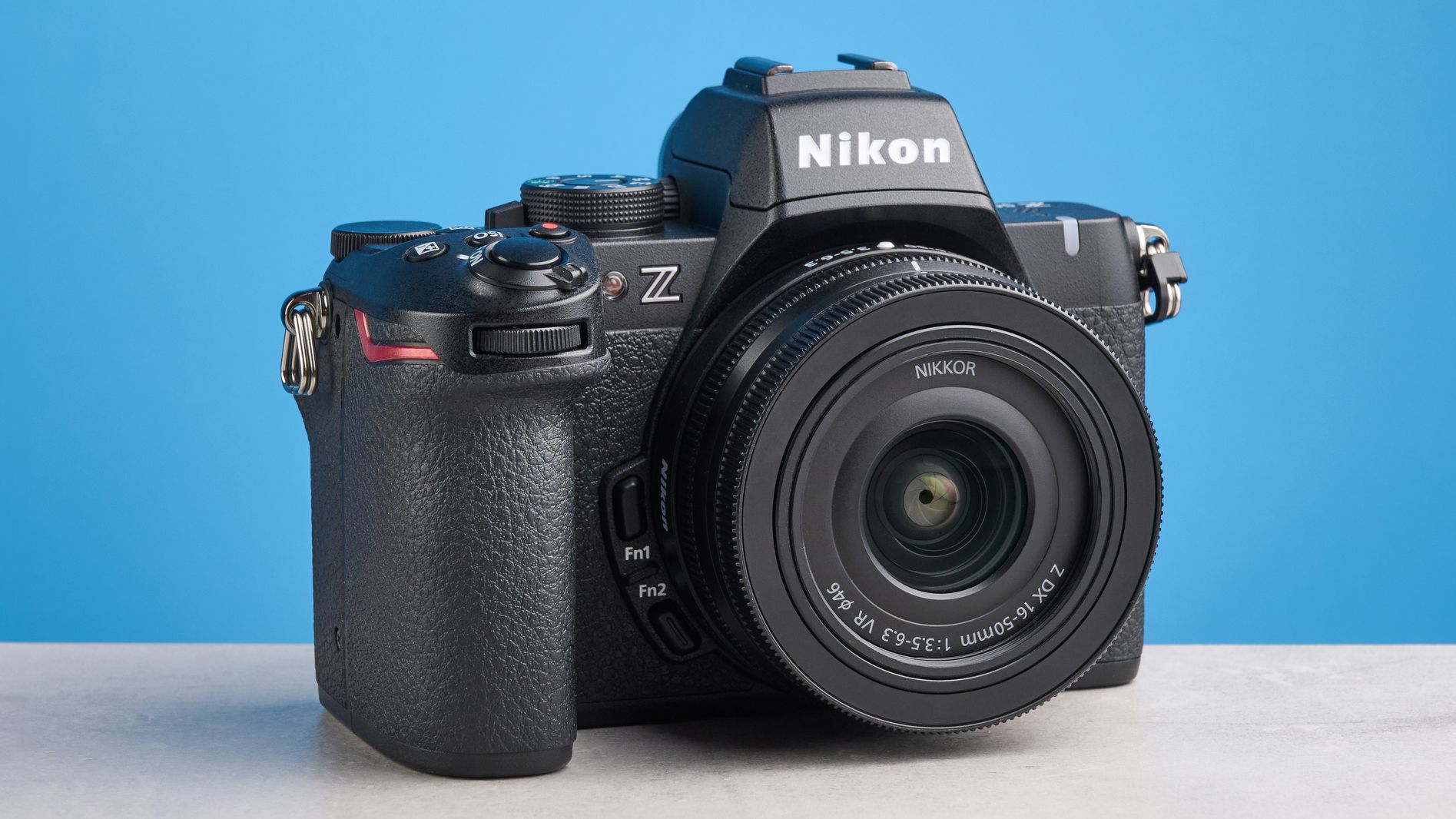
The AF is fantastic, as are the handling and controls, making this feel like a scaled-down version of a professional or semi-pro camera. Combine that with some of Nikon’s beautifully sharp lenses and any beginner has themselves a seriously good platform to learn and build on.
But would I buy the Z50II over its rivals? The EOS R50, X-T30 III and — to a lesser extent — the Lumix G97? No. The Z50II is very much a jack-of-all-trades, master of none — there are better options for just about every important niche. Video: Lumix all the way. Stylized, impactful photos: Fuji all the way. Budget: Canon all the way.
Want a solid camera to learn on, though? You can definitely do a lot worse than the Z50II.

Peter is a Senior Editor at Tom's Guide, heading up the site's Reviews team and Cameras section. As a writer, he covers topics including tech, photography, gaming, hardware, motoring and food & drink. Outside of work, he's an avid photographer, specialising in architectural and portrait photography. When he's not snapping away on his beloved Fujifilm camera, he can usually be found telling everyone about his greyhounds, riding his motorcycle, squeezing as many FPS as possible out of PC games, and perfecting his espresso shots.
You must confirm your public display name before commenting
Please logout and then login again, you will then be prompted to enter your display name.

